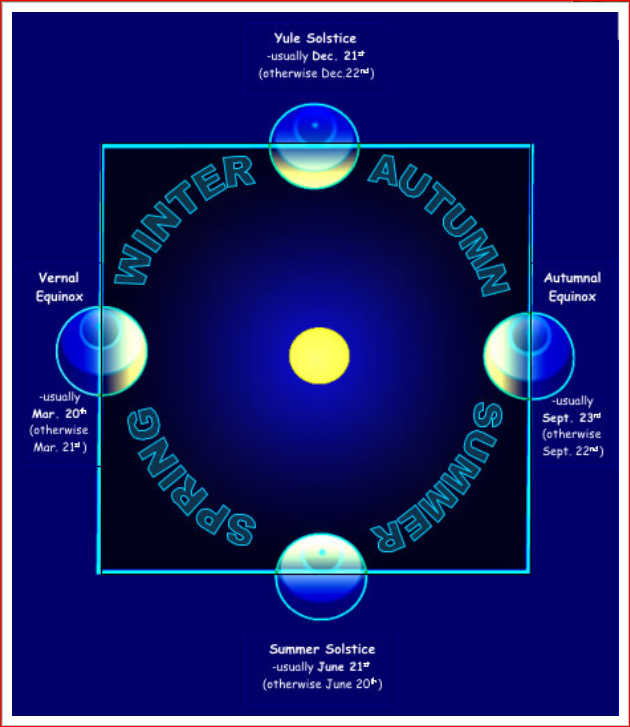
W.M. Keck Observatory on Mauna Kea in Hawaii.
(Image Sources: Wikipedia.org , By T. Wynne / JPL - http://planetquest.jpl.nasa.gov/images/keckTelescopes-hi.tif, Public Domain, https://commons.wikimedia.org/w/index.php?curid=4963229 )
By Glenn A. Walsh
Reporting for SpaceWatchtower
Last month, NASA opened an Internet
web-site to engage the public in the search for the long-sought
“Planet Nine” in the outer reaches of our Solar System. A huge
data-set has also been released on the Internet, by a team led by the
Carnegie Institution for Science (a.k.a. Carnegie Institution of
Washington), inviting the public to help in the search for
exo-planets, planets outside of our Solar System.
With a technique called radial velocity
being used to help hunt for exo-planets, this data-set is the largest
collection of observations utilizing this particular technique. It
took more than two decades for the W.M. Keck Observatory on Mauna Kea
in Hawaii to collect all of these observations. At an elevation of
13,600 feet / 4,145 meters, Keck's twin telescopes, each with a
10-meter / 33-foot mirror-aperture, saw “first-light” in the
mid-1990s.
The huge observation data-set is being
made available for public use, along with a computer software package
to help process the data and an on-line tutorial of how to use the
data-set. With almost 61,000 observations of more than 1,600 nearby
stars, scientists are hoping that fresh, public eyes using this
user-friendly data-base will bring new results in the search for
exo-planets.
Internet links to this data-base, along with tools to assist in its use, are located at the end of this blog-post.
Internet links to this data-base, along with tools to assist in its use, are located at the end of this blog-post.
Much of this observation work was done
by a spectrometer mounted on the Keck-I Telescope called HIRES. HIRES
(High Resolution Echelle Spectrometer), a large and complex instrument of the Keck Observatory, analyzes the light spectra coming into the telescope from the various star systems observed.
"HIRES was not specifically
optimized to do this type of exoplanet detective work, but has turned
out to be a workhorse instrument of the field", said Steve Vogt
of the University of California Santa Cruz, who built the instrument.
"I am very happy to contribute to science that is fundamentally
changing how we view ourselves in the universe."
Thus far, scientists looking over this
data have found more than 100 possible exo-planets, including one
orbiting Star GJ-411, the fourth closest star to our Solar System
(8.1 light-years from Earth). An academic research paper about this
find was recently published in the scientific journal, The
Astronomical Journal.
“This is an amazing catalog, and we
realized there just aren’t enough of us on the team to be doing as
much science as could come out of this dataset,” says Jennifer
Burt, a Torres Postdoctoral Fellow in the Massachusetts Institute of
Technology’s (MIT) Kavli Institute for Astrophysics and Space
Research. “We’re trying to shift toward a more community-oriented
idea of how we should do science, so that others can access the data
and see something interesting.”
"I think this paper sets a
precedent for how the community can collaborate on exoplanet
detection and follow-up", said team-member Johanna Teske of
Carnegie’s Observatories and Department of Terrestrial Magnetism.
“With NASA’s TESS mission on the horizon (scheduled for launch a
year from now), which is expected to detect 1000+ planets orbiting
bright, nearby stars, exoplanet scientists will soon have a whole new
pool of planets to follow up.”
Keck Observatory Observation Data-Base: Link >>> http://home.dtm.ciw.edu/ebps/
Software Package (Downloadable) to Assist with Searching Data-Base:
Link >>> http://www.stefanom.org/console-2/
On-Line Tutorial for use of Software Package: Link >>> http://oklo.org/
Internet Links to Additional Information ---
News Release from the Carnegie Institution for Science:
Link >>> https://carnegiescience.edu/news/team-makes-planet-hunting-group-effort-finds-more-100-candidates
News Release from the Massachusetts Institute of Technology:
Link >>> http://www.rdmag.com/news/2017/02/scientists-make-huge-dataset-nearby-stars-available-public?et_cid=5828674&et_rid=544605860&location=top&et_cid=5828674&et_rid=544605860&linkid=content
Carnegie Institution for Science: Link >>> https://en.wikipedia.org/wiki/Carnegie_Institution_for_Science
W.M. Keck Observatory: Link >>> https://en.wikipedia.org/wiki/W._M._Keck_Observatory
HIRES - High Resolution Echelle Spectrometer:
Link >>> https://en.wikipedia.org/wiki/W._M._Keck_Observatory#Instruments
TESS: Transiting Exo-Planet Survey Satellite:
Link >>> https://en.wikipedia.org/wiki/Transiting_Exoplanet_Survey_Satellite
Citizen Science Projects: Link >>> http://buhlplanetarium2.tripod.com/FAQ/citizenscience.html
Related Blog Post ---
"Citizen Science: Help NASA Find 'Planet Nine'." 2017 March 10.
Link >>> http://spacewatchtower.blogspot.com/2017/03/citizen-science-help-nasa-find-planet.html
Source: Glenn A. Walsh Reporting for SpaceWatchtower, a project of Friends of the Zeiss.
2017 March 27.
Like This Post? - Please Share!
More Astronomy & Science News - SpaceWatchtower Twitter Feed:
Link >>> https://twitter.com/spacewatchtower
Astronomy & Science Links: Link >>> http://buhlplanetarium.tripod.com/#sciencelinks
Want to receive SpaceWatchtower blog posts in your in-box ?
Send request to < spacewatchtower@planetarium.cc >.
gaw
Glenn A. Walsh, Project Director, Friends of the Zeiss: < http://buhlplanetarium.tripod.com/fotz/ >
& SpaceWatchtower Editor / Author: < http://buhlplanetarium2.tripod.com/weblog/spacewatchtower/gaw/ >
Electronic Mail - < gawalsh@planetarium.cc >
Astronomy Links: < http://buhlplanetarium.tripod.com/#astrolinks >
Science Links: < http://buhlplanetarium.tripod.com/#sciencelinks >
SpaceWatchtower Twitter News Feed: < https://twitter.com/spacewatchtower >
SpaceWatchtower Blog: < http://spacewatchtower.blogspot.com/ >
LibraryWatchtower Blog: < http://librarywatchtower.blogspot.com >
TransportWatchtower Blog: < http://transportwatchtower.blogspot.com >
South Hills Backyard Astronomers Blog: < http://shbastronomers.blogspot.com/ >
Barnestormin Blog: Writing, Essays, Pgh. News, etc.: < http://www.barnestormin.blogspot.com/ >
Author of History Web Sites on the Internet --
* Buhl Planetarium, Pittsburgh:
< http://www.planetarium.
* Adler Planetarium, Chicago:
< http://adlerplanetarium.
* Astronomer, Educator, Optician John A. Brashear:
< http://johnbrashear.tripod.com >
* Andrew Carnegie & Carnegie Libraries:
< http://www.andrewcarnegie.
* Civil War Museum of Andrew Carnegie Free Library:
< http://garespypost.tripod.com >
* Duquesne Incline cable-car railway, Pittsburgh:
< http://inclinedplane.tripod.
* Public Transit:
< http://andrewcarnegie2.tripod.


